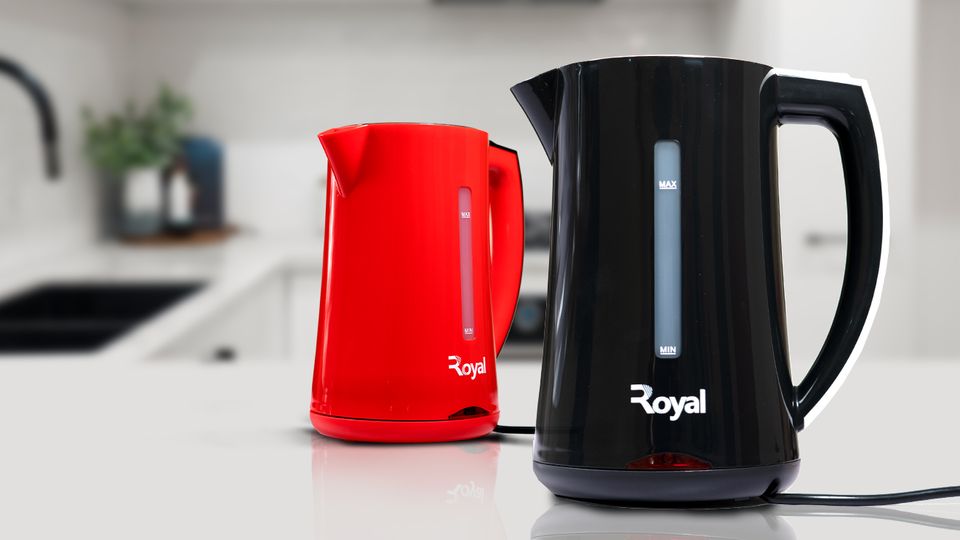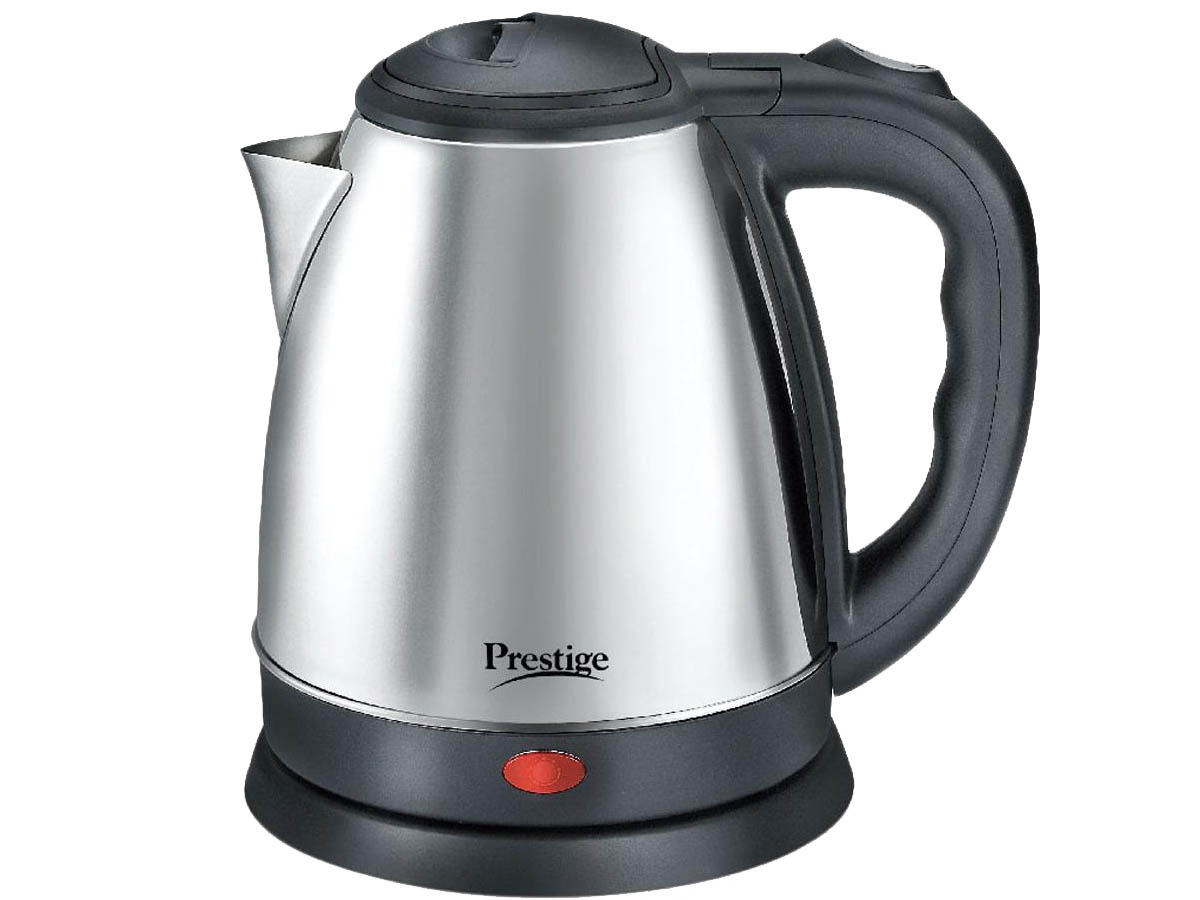
In the fast-paced world of today, convenience and efficiency are highly valued. This is especially true when it comes to preparing hot beverages like tea, coffee, or instant noodles. Electric kettles have emerged as a popular kitchen appliance, offering a quick and convenient way to heat water. But have you ever wondered how these seemingly simple devices work their magic? This comprehensive guide delves into the inner workings of electric kettles, exploring the science behind their ability to transform cold water into steaming hotness in a matter of minutes.
1. Unveiling the Mysteries of Electric Kettles: A Look at the Components
Before delving into the functionality of electric kettles, let’s familiarize ourselves with the key components that make them work:
-
Heating Element: The heart of the electric kettle is the heating element, typically made of a metal coil or flat disk. This element is responsible for converting electrical energy into heat.
-
Thermostat: The thermostat acts as a temperature regulator, ensuring that the water reaches the desired temperature and prevents overheating.
-
Power Cord: The power cord connects the kettle to an electrical outlet, providing the necessary electrical current to operate the heating element.
-
Base: The base serves as a support for the kettle and houses the electrical components, including the heating element and thermostat.
-
Kettle Body: The kettle body, usually made of stainless steel, plastic, or glass, holds the water and is often insulated to retain heat.
-
Spout: The spout allows for controlled pouring of the heated water.
-
Lid: The lid helps prevent heat loss and keeps the water clean from dust or debris.

2. The Science Behind the Heat: Understanding the Heating Process
The heating process in electric kettles involves the conversion of electrical energy into thermal energy. When the kettle is plugged in and turned on, electrical current flows through the heating element. As the current encounters resistance in the metal coil or disk, it produces heat. This heat is then transferred to the surrounding water, causing it to rise in temperature.
3. The Role of the Thermostat: Ensuring Precise Temperature Control
The thermostat plays a crucial role in preventing overheating and ensuring that the water reaches the desired temperature. It acts as a switch, turning off the heating element when the water reaches a predetermined temperature and turning it back on when the temperature drops. This mechanism allows for precise temperature control, ensuring that your hot beverages are always at the perfect temperature.

4. Safety Mechanisms: Protecting Users from Potential Hazards
Electric kettles are designed with safety features to protect users from potential hazards, such as overheating or electrical shocks. These features may include:
-
Automatic Shut-off: The kettle automatically shuts off when the water reaches the boiling point or when it detects that the kettle is empty, preventing overheating and potential fire hazards.
-
Dry Boil Protection: This feature prevents the heating element from operating if there is insufficient water in the kettle, protecting the element from damage and preventing potential fire hazards.
-
Grounding: The kettle is grounded to provide a safe path for electrical current to flow, reducing the risk of electrical shocks.
5. Factors Affecting Heating Speed: Exploring Efficiency
The heating speed of an electric kettle depends on several factors, including:
-
Power Wattage: Higher wattage kettles heat water faster due to their ability to draw more electrical current.
-
Heating Element Design: The design of the heating element can also influence heating speed. Flat disk elements tend to heat water faster than coil-shaped elements.
-
Kettle Size: Smaller kettles heat water faster than larger kettles due to the smaller volume of water that needs to be heated.
-
Water Temperature: The initial temperature of the water can also affect heating speed. Colder water will take longer to heat than room temperature water.

6. Types of Electric Kettles: Exploring Options
Electric kettles come in a variety of styles and designs to suit different needs and preferences. Some common types include:
-
Standard Electric Kettles: These are the most common type of electric kettle, featuring a simple design and basic functionality.
-
Gooseneck Kettles: These kettles have a long, curved spout that provides precise pouring control, ideal for pour-over coffee or tea.
-
Travel Kettles: These compact and portable kettles are designed for easy use on the go.
-
Smart Kettles: These technologically advanced kettles offer features like temperature control, smartphone connectivity, and preset settings.
7. Caring for Your Electric Kettle: Ensuring Longevity and Performance
Proper care and maintenance can extend the lifespan and maintain the performance of your electric kettle:
-
Descaling: Regularly descaling your electric kettle removes limescale buildup. You can use a descaling solution specifically designed for kettles, white vinegar diluted with water, or citric acid. Follow the manufacturer’s instructions or the chosen method’s recommended procedure for safe and effective descaling.
-
Cleaning: Wipe down the exterior of the kettle with a damp cloth to remove any spills or dust. For stubborn stains, you can use a mild detergent solution. Avoid using abrasive cleaners or scouring pads that can scratch the surface.
-
Water Filling: Always fill the kettle with at least the minimum amount of water indicated by the water level gauge. Operating the kettle with insufficient water can damage the heating element.
-
Storage: When not in use, store your electric kettle in a cool, dry place away from direct sunlight. Avoid storing the kettle with the cord wrapped tightly around the base, as this can damage the cord over time.
8. Advantages and Disadvantages of Electric Kettles: Weighing the Options
While electric kettles offer numerous benefits, it’s important to consider both the pros and cons before making a purchase:
Advantages:
-
Fast and Efficient: Electric kettles heat water significantly faster than stovetop methods, offering a convenient way to prepare hot beverages quickly.
-
Safe and Easy to Use: Electric kettles are generally safe and easy to operate, with features like automatic shut-off and boil-dry protection.
-
Portable: Most electric kettles are relatively compact and lightweight, making them ideal for small kitchens or dorms.
-
Energy-Efficient: Compared to stovetop kettles, electric kettles can be more energy-efficient, especially when boiling smaller amounts of water.

Disadvantages:
-
Limited Capacity: Electric kettles typically have a smaller capacity than stovetop kettles, meaning you may need to boil water multiple times for larger quantities.
-
Limited Functionality: Unlike stovetop kettles, electric kettles cannot be used for simmering or other cooking tasks.
-
Noise: Some electric kettles can be quite noisy during operation.
-
Aesthetics: While some electric kettles boast sleek and stylish designs, others may not aesthetically match your kitchen decor.
9. Choosing the Right Electric Kettle for You: Making an Informed Decision
When selecting an electric kettle, consider your specific needs and preferences. Here are some factors to keep in mind:
-
Capacity: Choose a kettle with a capacity that meets your typical boiling needs. Consider the number of people you typically make hot beverages for.
-
Wattage: Higher wattage kettles heat water faster, but they may also consume more energy.
-
Features: Decide on the features that are important to you, such as automatic shut-off, temperature control, or a gooseneck spout.
-
Material: Electric kettles come in various materials like stainless steel, plastic, or glass. Consider factors like durability, heat retention, and aesthetics when making your choice.
-
Budget: Electric kettles range in price depending on features, brand, and quality. Set a budget and choose a kettle that offers the functionality you need at a price point you’re comfortable with.
10. Conclusion: Electric Kettles – A Convenient Companion for Hot Beverage Lovers
Electric kettles have become a staple appliance in many kitchens. Their ability to heat water quickly and efficiently makes them a convenient and energy-saving choice for preparing hot beverages. By understanding how electric kettles work, the factors affecting their performance, and the various options available, you can make an informed decision when choosing the perfect kettle for your needs. So, embrace the convenience and efficiency that electric kettles offer, and enjoy a steaming cup of your favorite hot beverage in no time.